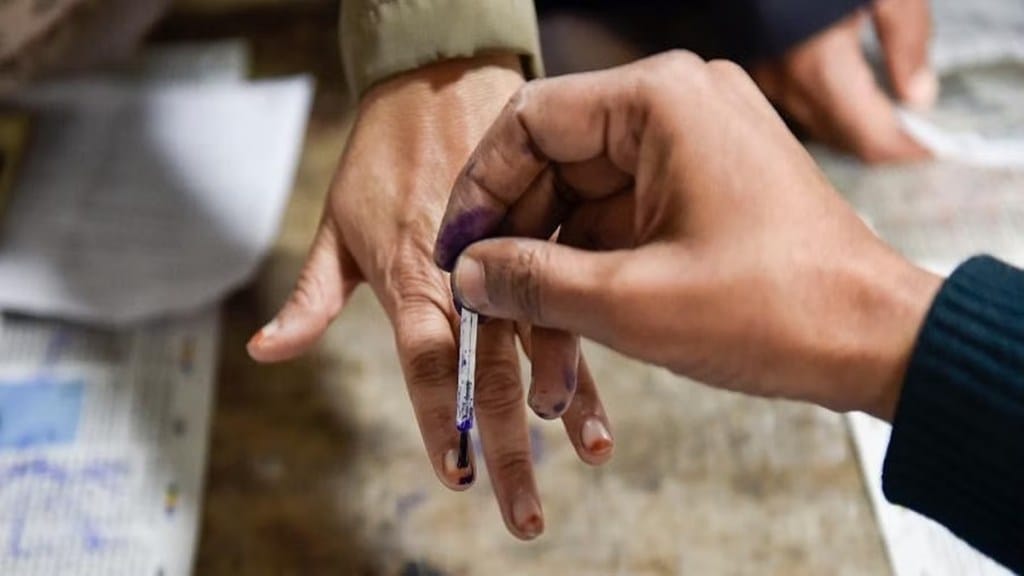India’s recently-concluded national general election was big in every possible sense. The process lasted longer than ever before, and more people voted than ever before. The choices made by voters across the country reaffirmed India’s status as the world’s largest democracy, since major issues of representation and material well-being were at stake.
Initial reactions in the global media have emphasised the perspective that the election results were a negative message personally to Prime Minister Narendra Modi. He was the face of the ruling party in this election, to an extent greater than ever before. Some results, such as the loss of the constituency in which the new Ram temple was built recently, have been interpreted as signifying the limits of divisive Hindu nationalism. The ruling coalition lost seats in Rajasthan, Haryana, Uttar Pradesh (UP), and Bihar, to varying degrees. Other interpretations have emphasised the importance of economic issues such as employment and inflation. All of these factors, no doubt, matter to some extent. There are variations in voter concerns across the country, in particular the so-called Hindi heartland versus other regions.
At the national level, the results are not easy to interpret. The Bharatiya Janata Party (BJP) only lost 1% of the vote share, whereas the Indian National Congress (INC) gained less than 2%. Yet, the BJP lost 20% of its seats, whereas the Congress almost doubled its number, with its gain in seats being slightly less than the BJP’s loss. If we use national vote share to measure voter acceptance, then Modi’s BJP has consolidated its national status, since its vote share has been well above its historical levels for three elections running. Indeed, this confirms Modi’s standing, rather than diminishing it, as long as one discounts more grandiose claims such as his “divine mission”.
Unpacking the results by state reveals that what is happening in India is a function of several factors, including the standing of regional leaders, and the importance of regional issues. After all, India’s states have populations the size of typical countries, and have distinctive languages, cultures, and socio-economic conditions. As has been the case ever since the INC stopped being a party that represented the legacy of the national freedom movement, party coalitions and temporary, election-specific alliances greatly matter. In Andhra Pradesh (AP), a new coalition between the BJP and two regional parties seemed to make a difference, so that a 10% loss of vote share by another regional party, the incumbent, translated into 18 out of 25 parliamentary seats switching to the National Democratic Alliance (NDA), which the BJP leads. But in neighbouring Odisha, concerns about the regional party leader’s health seemed to play a role in the BJP’s gains, which came after two decades of dominance by the former.
The vote share swings and seat losses in Rajasthan Haryana, UP, and Bihar were all substantial, but different in magnitude in each state. In Haryana and Rajasthan, the INC gained, while in UP, it was their regional-party partner. But in Madhya Pradesh (MP), the BJP lost neither vote share nor seats. MP is a large, relatively poor part of the Hindi heartland. But wealthy and diverse Delhi still gave the BJP all its seats. There is no clear pattern mapping from economic performance to electoral outcomes, though one can conjecture that voters have high expectations of economic gains, stoked by the promises of all political parties, and they make their choices based on the past as well as their judgements of what individual regional leaders can deliver in the future. State elections most depend on local calculations when held separately, but voters can favour regional leaders who have decent track records combined with possible clout with the ruling party at the Centre, when the timing coincides.
Much more detailed analyses are possible, and will be done quickly, revealing much more about what voters want and why they made the choices they did: Maharashtra, Karnataka, and West Bengal each had their own story, for example. Meanwhile, it seems that the regional parties of Chandrababu Naidu in AP and Nitish Kumar in Bihar are the kingmakers. They will stay in the NDA, but use their current bargaining position to extract what they can get. This is not a bad thing. Both leaders have been relatively competent in pursuing development goals. If anything, their prominence offers some balance to the rule by the pair of BJP and corporate heavyweights. In many dimensions, India needs less centralisation, not more. There is already high inequality, both regionally and in measures of income and wealth. Economic opportunities are increasingly unequal, and still relatively scarce.
From this perspective, the financial markets may be getting it wrong. Betting on a strong, centralised, single-minded government appeals to investors, and sometimes, East Asian development has seemed to benefit from that political concentration. But such political structures can also favour corporate concentration and stifling of competition. On balance, if India needs creativity, openness, and experimentation to thrive economically, then this electoral outcome may be close to optimal. The fact that it could also help reverse other trends in India, with respect to the non-economic aspects of life that most people cherish, is a huge bonus, whether or not it is what motivated voters.
Nirvikar Singh, Professor of economics, University of California, Santa Cruz
Views are personal

